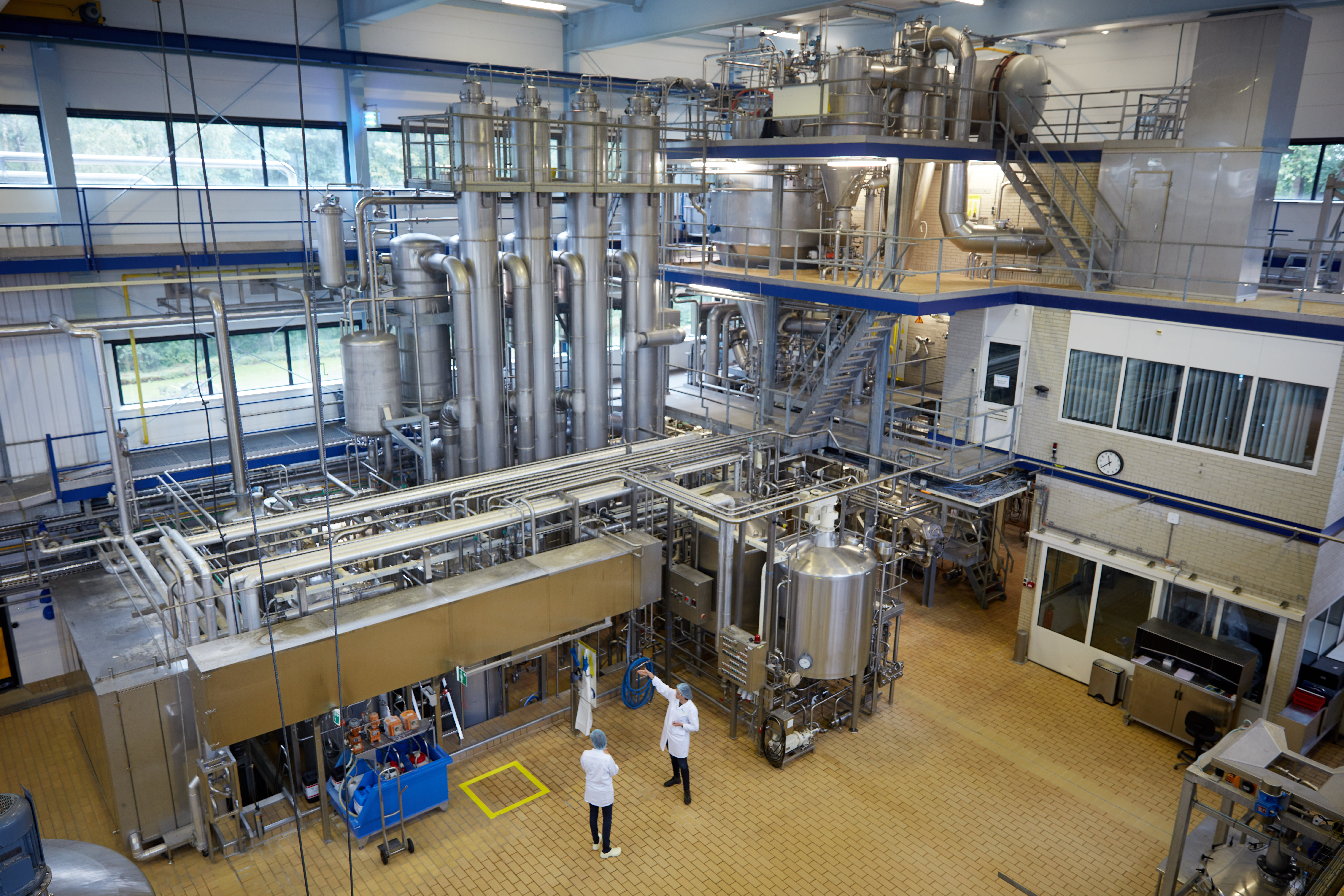


Hybrid dairy products can help ingredient suppliers conquer different challenges involving 100% animal-based or alternative products. “Product development starts from a holistic approach”, says Nikolaas Vles of NIZO Food Research. The Dutch research firm took the initiative with the foundation of a consortium.
Hybrid food products, a mix of plant and animal ingredients, appeal to a group of consumers who wish to reduce their consumption of meat or dairy and want to replace them with alternatives, while still looking for products that strongly resemble the animal-based originals. This is not self-evident. NIZO Food Research is setting up an international research consortium on hybrid dairy products that combine the benefits of plant and animal ingredients (proteins, fats and carbohydrates).
Sustainability and taste improvement
“Most plant-based products still face taste issues”, emphasises Nikolaas Vles, CEO of NIZO Food Research. Plant-based proteins are known to have unwanted aftertastes, such as a bean flavour or a grass-like flavour, which consumers don’t enjoy in, say, a yogurt or milk product. Mixing these plant and animal components in a hybrid dairy food product may result in positive taste and texture elements, such as a ‘cheesy’ taste or a ‘creamy’ mouth feel, enabling the hybrid product to reach a larger group of (flexitarian) customers who are interested in a more sustainable diet.

Challenges?
Simply blending plant and dairy ingredients will not eliminate the negative flavours or textures of plant components. On top of this, texture problems must also be taken into account. Processing and product design are therefore key in unlocking the potential of the promising hybrid. This starts with a holistic development process, from the selection of the ingredient combination(s) to the specification and adjustment of the processing conditions. Fermentation may also help to improve the product.

Food security, a special
A particular point of attention is food security. It is important to understand how the combination of the ingredients impacts the production process and potential microbial contamination. In general there is a good understanding of the food security issues involving dairy.

“However, we still have a great deal to learn about food security in plant ingredients, which are characterised by a much greater diversity of contaminating microorganisms”, NIZO’s CEO concludes.

“It is always advisable to maintain a critical perspective on your own products and adjust them to contemporary needs where necessary”, emphasises Marijke Adriaens, CEO of frozen food company Fribona. “For consumers, taste is still the main consideration. It is essential to work towards a product that is, above all, tasty and visually appealing.”...

Scientists from KU Leuven have discovered how oil penetrates snacks during and after the frying process. Recent research findings point to advanced frying techniques that reduce oil absorption, as well as innovative methods to limit oil uptake during the cooling phase. This paves the way for the development of healthier snacks without compromising...

Food companies are increasingly targeting a wider range of consumer groups. Speaking at an event organised by Fenavian, Julian Mellentin of New Nutrition Business said this strategy offers significant opportunities to respond to the diverse health needs and interests of today’s consumers. “Consumers enjoy both animal and plant-based proteins”, he...

Backed by financial partners, Start it @KBC is launching the accelerator programme Scale it Agro, aimed at scale-ups offering sustainable and innovative agricultural solutions for agriculture and horticulture businesses. Kjell Clarysse, programme director at Scale it Agro, goes into more detail.